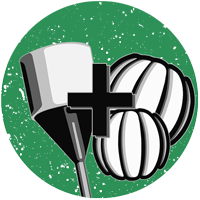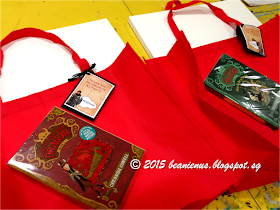Bow and arrow and their loading equipment

A bow comprises a semi-inflexible however flexible curve with a high-elastic bowstring joining the finishes of the two appendages of the bow. A bolt is a shot with a sharp tip and a long shaft with stabilizer blades towards the back, with a restricted score at the conclusion to contact the bowstring. To stack a bolt for shooting, the toxophilite places a bolt over the center of the bow with the bowstring in the bolt’s nock atarchery tag singapore . To shoot, the toxophilite pulls back the bolt and the bowstring, which thus flexes the bow appendages, putting away versatile energy. Ordinarily while keeping up the draw, the bowman sights along the bolt to point it. At last, the toxophilite discharges the bolt, permitting the appendages’ put away possible energy to change over into motor energy, which is sent through the bowstring to the bolt, pushing it to fly forward with high speed.
A holder or pack for extra bolts for speedy reloading is known as a quiver.

When not being used, bows are commonly kept unstrung, which means one of the two finishes of the bowstring is disengaged from the bow. This eliminates all remaining pressure on the bow and can help keep it from losing quality or flexibility over the long haul. For some, bow plans, this additionally lets it fix all the more totally, lessening the space expected to store the bow. Restoring the bowstring to its prepared to-utilize position is called hanging the bow
Portions of the bow
The essential components of a bow are a couple of bent flexible appendages, generally produced using wood, joined by a riser. The two finishes of the appendages are associated with a string known as the bowstring. By pulling the string in reverse the bowman applies pressure power on the string-confronting segment, or paunch, of the appendages just as setting the external area, or back, under strain. While the string is held, this stores the energy later delivered in putting the bolt to flight. The power needed to hold the string fixed at full attract is frequently used to communicate the intensity of a bow, and is known as its draw weight, or weight. Other things being equivalent, a higher draw weight implies an all the more remarkable bow, which can extend heavier bolts at a similar speed or a similar bolt at a more noteworthy speed. The different pieces of the bow can be partitioned into additional areas. The highest appendage is known as the upper appendage, while the base appendage is the lower appendage. At the tip of every appendage is a nock, which is utilized to join the bowstring to the appendages. The riser is generally partitioned into the hold, which is held by the bowman, just as the bolt rest and the bow window. The bolt rest is a little edge or expansion over the grasp which the bolt settles upon while being pointed. The bow window is that part of the riser over the grasp, which contains the bolt rest. In bows drawn and held by a hand, the most extreme draw weight is dictated by the quality of the bowman.



